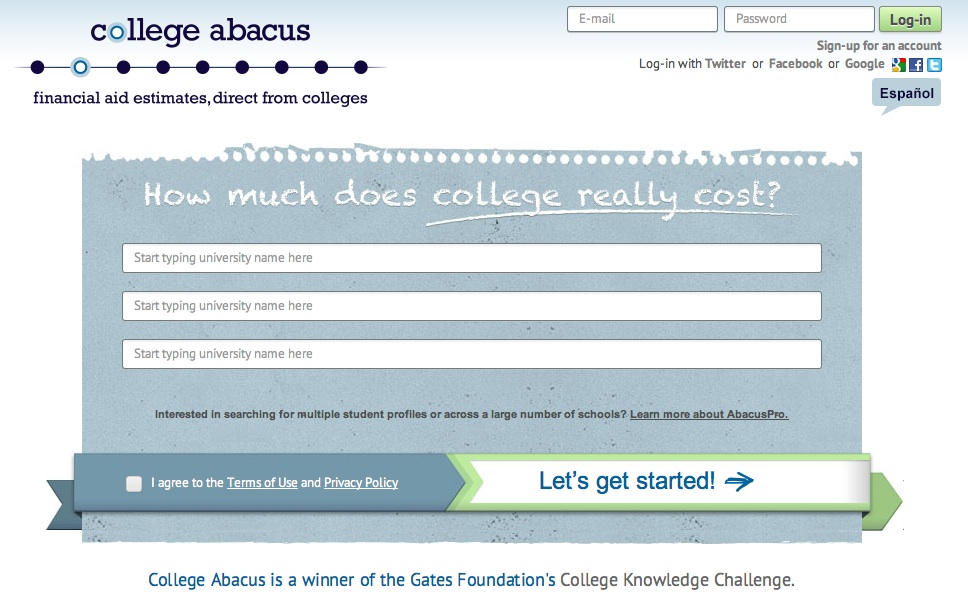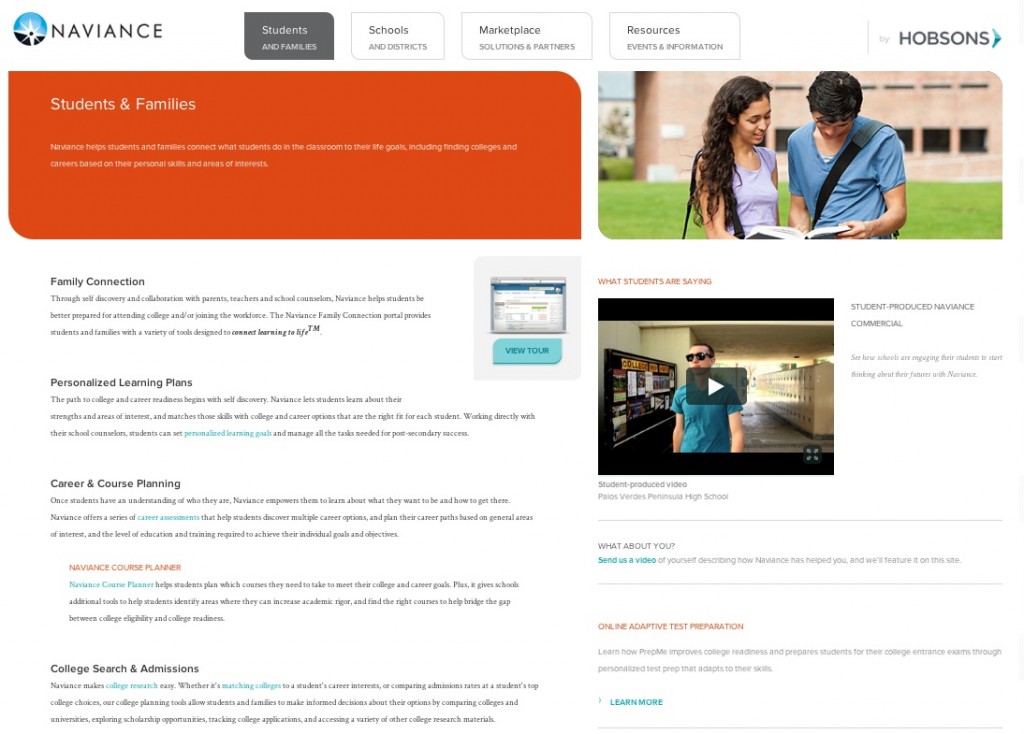If you are reading this article, then you can probably relate to the saying “time flies”. One day, you were taking your child to their first day of school and now it’s time to help them start filling out applications for college. In what probably feels like a matter of just a few moments, your son or daughter has reached a huge milestone that requires a great amount of preparation.
We’re hoping that we can help the process by providing you with a list of some things that you can do to support your teen in finding the “right fit” college. Check out these five tips below:
1. Steer them away from peer pressure. According to US News & World Report, there was a report that was conducted a few years ago citing that a whopping 79 percent of high school students selected the college they would attend based on where their friends were going. It is important to discuss with your teen that college is a time of fun and learning a new level of independence, but it’s also a season of preparing for their career as an adult. Therefore, going somewhere to follow their best friend should not be considered a good enough reason.
2. Know what you’re working with. Say that your child has a particular school in mind but either they don’t have the right grades or it’s something that’s close to impossible to afford (even with a particular scholarship or financial aid). Before they put a lot of time and energy into applying, it’s a good idea to first sit down and discuss what schools will accept them based on their grades, ACT/SAT test scores and yes, what is financially feasible.
3. Discuss living arrangements. Once you know the realm of what you have to work with, it’s then time to discuss things like living arrangements. Do they want to stay at home? Do they want to live on campus? And if they do want to live in the dorm, how far away from home are they interested in attending? Also, is studying aboard an option? The reason why this is so important is because your child needs to feel comfortable and safe wherever they are; feeling secure will only help them to progress academically.
4. Make sure it complements their core values. If the best resume writer could provide your teen with some good advice on filling out their college applications, one of the things they would probably tell them is that it’s just as important to select a college that complements their values as it is to write a stellar college application essay. That is why some people go to a college that is based on a certain religion or is all-male or all-female. Definitely knowing what’s important to you, both in and outside of the classroom, is important when picking the right college.
5. Tour a few college campuses. Thanks to the power of technology, there are many college websites that offer interactive tours, but that doesn’t come close to personally going on some college campuses and seeing what they have to offer. So, if your teen does want to live on campus and/or doesn’t mind living in another state, take out a few weekends during their senior year to visit some schools. Talk to the administration, visit some of the dorms, discuss with your child is they feel better on a large or small campus. All of these things will help them in deciding which school will prove to be the most beneficial to them over the next several years of their academic life.










